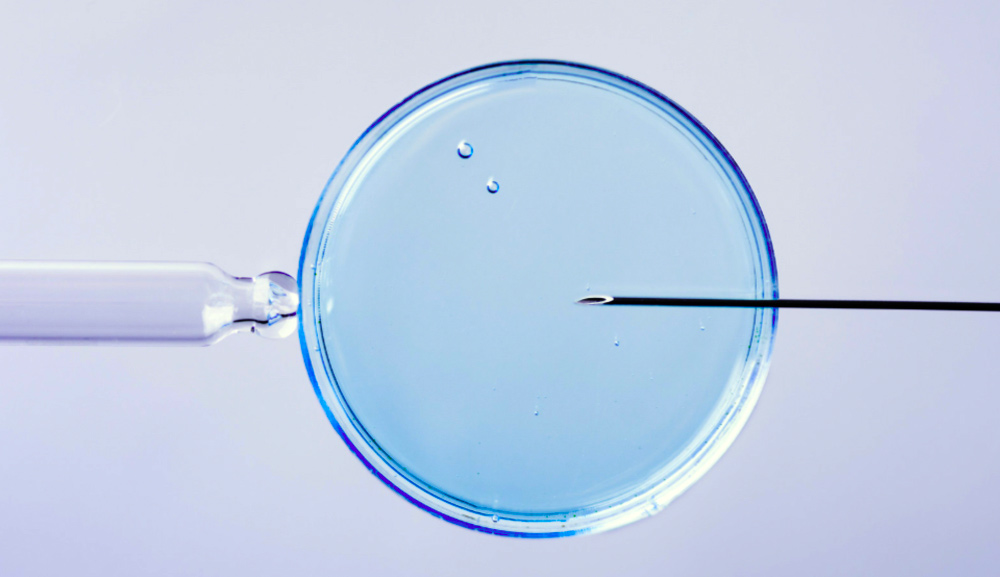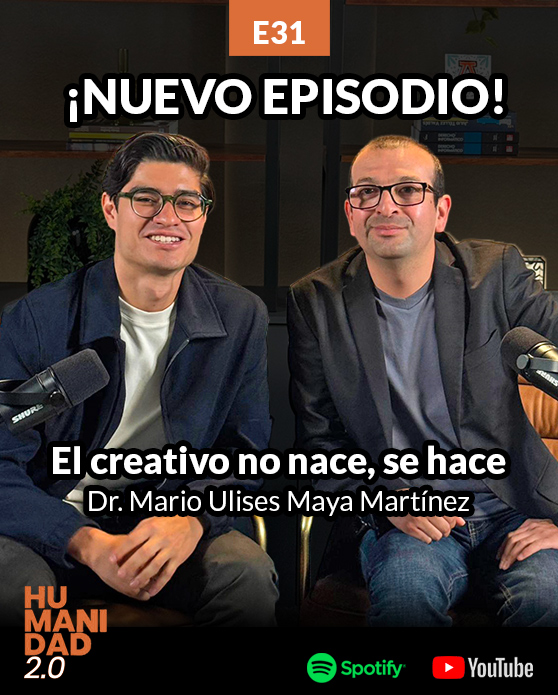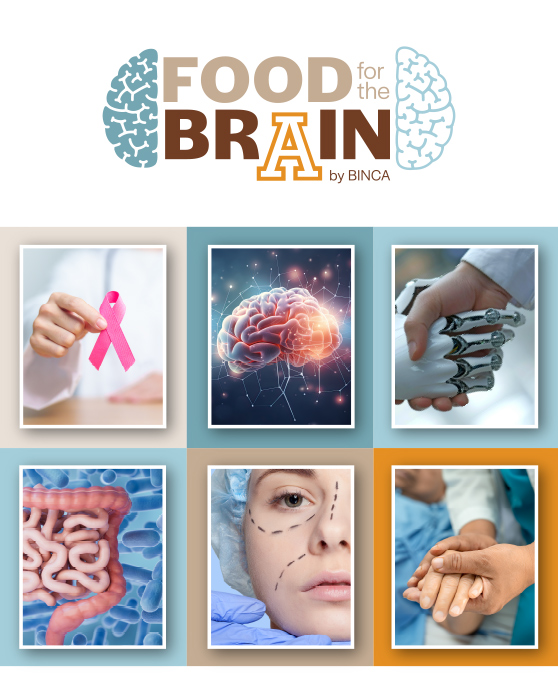
August 22, 2025
Author: Juan Manuel Palomares Cantero
Versión en español
Introduction
How far can science go without altering our understanding of what it means to be human?
In vitro gametogenesis (IVG)1 has, in just a few years, shifted from being a hypothetical concept to becoming a field with concrete advances. Its goal is to generate ovums and sperms from somatic cells, offering an unprecedented way to restore fertility in people who no longer produce gametes naturally. Although the most relevant advances have occurred in animal models, research groups in Japan, the United States, and Europe are actively working to transfer these results to humans2.
The scientific community estimates that this clinical application could become viable within the next five to ten years, which has sparked intense ethical and legal debate. Organizations such as the Human Fertilisation and Embryology Authority (HFEA)3 in the United Kingdom warns of the need for regulation before clinical trials are conducted. IVG represents not only a biomedical advance, but also a social change.
In this context, the Nuffield Council on Bioethics4 has identified dilemmas such as consent for the use of cells for reproductive purposes, the identity of children born from artificial gametes, and inequalities of access. Meanwhile, in Latin America, there is still no specific regulatory framework nor advanced IVG research, which reveals a lag compared to other regions. However, its implications are already being discussed in academic forums, where the urgency of preparing legal and bioethical frameworks to anticipate the challenges of its future application is being emphasized.
Ethical Considerations
The first issue posed by in vitro gametogenesis (IVG) from a bioethical standpoint is the respect for the dignity of the human being. The possibility of creating ovums and sperms in a laboratory opens the door to new forms of reproduction, but also to the risk of treating human life as a manipulable product. From this perspective, it is not enough to evaluate the technical feasibility of IVG; it is essential to ask whether its implementation protects and promotes the dignity of those who will be born thanks to this technique, avoiding any form of objectification of the human being5.
Another key element is the principle of justice. IVG could become an option accessible only to those with sufficient financial resources, widening the gap between those who can resort to these technologies and those who cannot. This scenario raises an ethical dilemma: is it fair that access to reproduction depends on purchasing power? In this sense, justice is not limited to the distribution of resources; it also requires protecting the most vulnerable, such as embryos generated for experimentation or genetic selection6. Bioethics reminds us that no human life can be instrumentalized, regardless of its stage of development.
Finally, solidarity and subsidiarity invite reflection on how IVG fits into the social fabric: solidarity calls us to accompany the suffering of those experiencing infertility, offering them alternatives that respect their dignity, while subsidiarity reminds us that families, States, and the scientific community stay responsible for ensuring that biotechnological development does not replace moral responsibility nor dilute the profound meaning of procreation7. In this horizon, all human action must be oriented toward the common good, so that science remains as a mean in the service of the person and society, and not an end in itself.
Legal and regulatory implications
On the legal front, IVG faces a regulatory vacuum in most countries. Current legislation is usually designed for traditional assisted reproduction techniques, such as in vitro fertilization, but does not explicitly cover the creation of gametes from somatic cells. The United Kingdom has acknowledged that this technology lies at the edge of what is regulated and has insisted that, before allowing clinical application, legislation must be reformed to establish clear criteria on safety, consent, and parenthood8. However, the underlying question is not only whether the law permits or prohibits, but whether it respects the dignity of the human life at all stages.
The issue of parenthood and identity is one of the greatest legal challenges. What legal status would a child conceived from gametes generated in a laboratory have? How would parenthood be defined in cases of “multiplex parenting”9 where three or more genetic contributors may be involved, or in “solo parenting”10, where a person uses their own cells to generate both gametes? The law might recognize these configurations, but from the perspective of bioethics and law the question arises as to whether such arrangements respect the anthropological truth of parenthood and human corporeality. Not everything that is legally possible corresponds to what is ethically just.
Another important element is the risk of instrumentalizing embryos and gametes in research. The Nuffield Council on Bioethics report notes that, under the British framework, IVG research is allowed even though its clinical use is prohibited11. This opens a dilemma: the law could endorse the creation of embryos solely for experimentation, thereby implicitly recognizing that human lives are available to be used as means. From a legal standpoint, this practice is incompatible with the principle that human life is a good in itself and can never be reduced to an instrument. Regulation, therefore, must be evaluated not only in terms of legal effectiveness, but also in light of higher principles that safeguard the common good and justice.
Social, cultural, and political issues
The social repercussions of IVG are profound, because it is not only about a technical innovation but also about a shift in the way we understand procreation and family. The possibility that two people of the same sex, or even a single individual, could generate biological offspring raises questions about the cultural foundations of motherhood and fatherhood. In societies where parenthood has been tied to the union of man and woman, IVG could cause tensions between those who see it as an expansion of freedom and those who perceive it as a break with basic anthropological references12. In both cases, the risk is that the family may be seen less as a community of life and more as a technical project adaptable to individual will.
From a cultural perspective, IVG could accentuate trends already present in contemporary society, such as reproductive individualism and absolute control over human life. The possibility of selecting, modifying, or even mass-producing gametes to create multiple embryos reinforces the logic of total life planning, where children are no longer received as a gift but rather considered an enforceable right. This mentality of domination over human nature may lead to eugenic practices, where the pursuit of “better” offspring becomes normalized under the discourse of reproductive freedom or scientific progress.
At the political level, IVG will force states to take a stance on a technology that challenges not only biomedicine but also the model of society they seek to build. Regulatory decisions will not be neutral: permitting or restricting IVG will mean opting for a specific vision of the person, family, and common good. Furthermore, there is the risk of global inequalities: countries with more permissive legislation could attract reproductive tourism, while others would lag behind in access to innovation. This scenario demands a serious international debate, recognizing that science policy cannot be reduced to technological competitiveness but must be guided by ethical principles that protect universal human dignity.
Conclusions
In vitro gametogenesis represents a biotechnological frontier that awakens both hope and fear: it promises to offer new solutions to infertility but also raises major ethical, legal, and social dilemmas. It’s possible applications challenge traditional notions of parenthood and family, and compel us to rethink the relationship between science, human dignity, and justice. Faced with this panorama, it is essential to build solid regulatory frameworks and broad bioethical debates that guide its development, avoiding both naïve enthusiasm and hurried rejection. Ultimately, the question is not whether IVG will be technically possible, but whether we will be able to place it at the service of the person and the common good.
Juan Manuel Palomares Cantero is a lawyer and holds a master’s and a doctorate in Bioethics from Universidad Anáhuac, Mexico. He served as Director of Human Capital, and as Director and General Coordinator at the Faculty of Bioethics. He is currently a researcher at the Academic Directorate of Integral Formation at the same University. He is a member of the Mexican National Academy of Bioethics and of the Latin American and Caribbean Federation of Bioethics Institutions. This article was assisted in its writing by the use of ChatGPT, an artificial intelligence tool developed by OpenAI.
The opinions expressed in this blog are the sole responsibility of the authors and do not necessarily represent the official stance of CADEBI. As an institution committed to inclusion and plural dialogue, at CADEBI we promote and disseminate a diversity of voices and perspectives, convinced that respectful and critical exchange enriches our academic and educational work. We value and encourage all comments, responses, or constructive criticism you may wish to share.
1. Madrid, V. G., & Rosenberg, C. E. (2025). Meiosis y gametogénesis (Capítulo de libro en Biología celular y genética: la licenciatura en obstetricia como contexto de enseñanza y aprendizaje, pp. 135–147). Universidad Nacional de La Plata, Editorial de la Universidad Nacional de La Plata. https://sedici.unlp.edu.ar/handle/10915/179588
2. Bermúdez Vázquez, M., & Rigau Tusell, I., (2024). Torrossa Online Digital Bookstore. Horizontes del pensamiento: Ensayos sobre ciencias sociales y humanidades (Vol. 213). Dykinson. https://digital.casalini.it/9788410702479
3. La Human Fertilisation and Embryology Authority es el organismo regulador del Reino Unido en materia de fertilidad y embriología. Ofrece información imparcial y precisa sobre tratamientos de reproducción asistida (como la fecundación in vitro) y supervisa las clínicas de fertilidad para garantizar estándares de seguridad y calidad. https://www.hfea.gov.uk/
4. El Nuffield Council on Bioethics es un centro independiente de investigación y políticas en el Reino Unido, reconocido como la principal institución bioética del país. Desde hace más de 30 años analiza y emite recomendaciones sobre los dilemas éticos más complejos en biomedicina y salud, con el fin de orientar decisiones públicas y profesionales. https://www.nuffieldbioethics.org/
5. Idem., nota IV
6. Fernández Jimeno, N. (2021). Disrupciones, continuidades y determinismos en la gametogénesis in vitro. Dilemata, 34, 11–29. http://hdl.handle.net/10651/63241
7. Flores, J. (2022). Evolución de las tecnologías de reproducción asistida. Una mirada desde la biomedicina. Inter disciplina, 10(28), 355–368. https://doi.org/10.22201/ceiich.24485705e.2022.28.83302
8. Idem., nota III
9. Palacios-González, C., Harris, J., & Testa, G. (2014). Multiplex parenting: IVG and the generations to come. Journal of Medical Ethics, 40(11), 752–758. https://doi.org/10.1136/medethics-2013-101810
10. Jones, C., Zadeh, S., Jadva, V., & Golombok, S. (2022). Solo fathers and mothers: An exploration of well-being, social support and social approval. International Journal of Environmental Research and Public Health, 19(15), 9236. https://doi.org/10.3390/ijerph19159236
11. Idem., nota IV
12. Gallego Acuña, L. (2023). Creación de gametos y embriones artificiales: Una perspectiva biológica, ética y legal [Trabajo de fin de grado, Universidad Europea]. Repositorio Institucional Universidade Europea. https://titula.universidadeuropea.es/handle/20.500.12880/6435
More information:
Centro Anáhuac de Desarrollo Estratégico en Bioética (CADEBI)
Dr. Alejandro Sánchez Guerrero
alejandro.sanchezg@anahuac.mx





